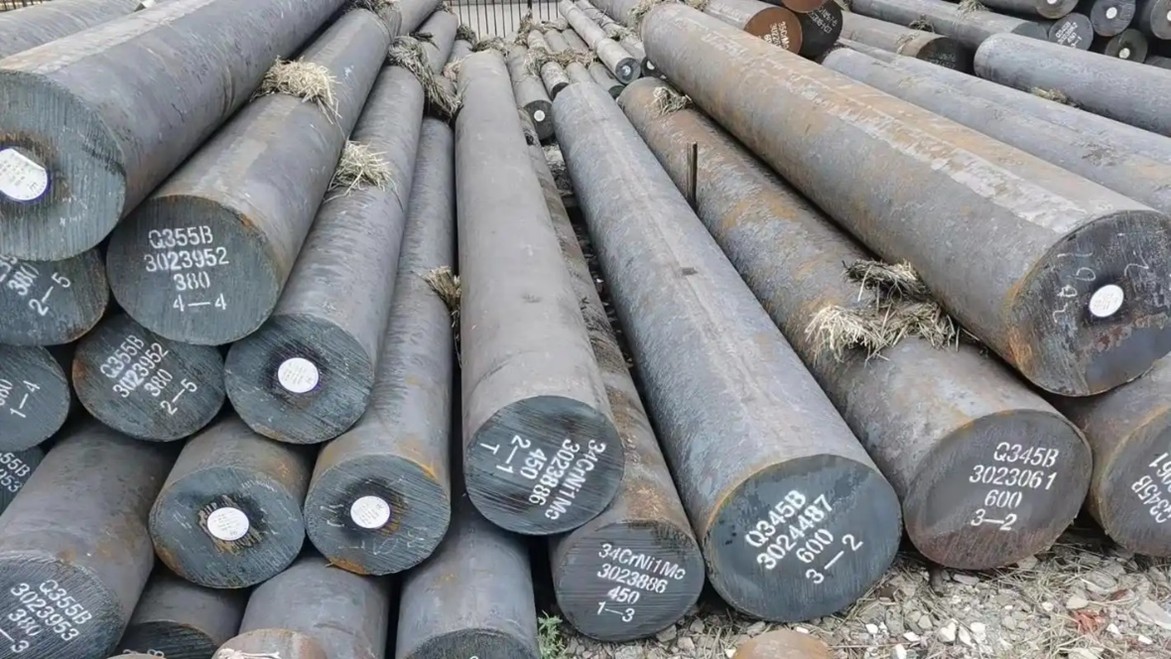1.Common types of raw materials
1) Carbon steel and alloy steel:
Carbon steel: including various components of carbon steel, it is one of the most commonly used raw materials in forging.
Alloy steel: a mixture of metal and one or more metal or non-metal elements, characterized by high strength, good plasticity, and corrosion resistance, making it an ideal choice for manufacturing high-performance forgings.
2) Aluminum, copper, titanium, magnesium and other metals and their alloys: These metals and their alloys are also commonly used as raw materials for forging, especially in situations where lightweight or special properties (such as corrosion resistance and high temperature performance) are required.
2.Raw material status
The original states of raw materials are diverse, including:
l Ingot: A metal block obtained through casting process, commonly used in the manufacturing of large forgings.
l Bar: A cylindrical metal strip obtained through processes such as rolling or drawing, suitable for the manufacturing of small and medium-sized forgings.
l Rolled materials and profiles: Metal sheets or profiles obtained through rolling processes, such as steel plates and strips, can be used to manufacture forgings of specific shapes and sizes.
l Metal powder: In some special cases, metal powder can also be used as a raw material for forging and processed through powder metallurgy technology.
l Liquid or semi liquid metal: In some advanced forging processes, such as liquid forging, liquid or semi liquid metal is directly used as raw material.
3.Principles for selecting raw materials
When selecting raw materials for forging, the following principles should be followed:
1)Meet product performance requirements: Select appropriate types and grades of raw materials based on the usage environment and performance requirements of the forgings.
2)Consider processing performance: The plasticity and malleability of raw materials should meet the requirements of forging processes, in order to facilitate the processing of forgings into the desired shape and size.
3)Economy: While ensuring product quality, choose raw materials with lower costs as much as possible to reduce production costs.
4)The main raw materials for forging include carbon steel and alloy steel with various compositions, as well as metals and alloys such as aluminum, copper, titanium, magnesium, etc. The original states of raw materials are diverse, including ingots, bars, rolled materials, profiles, metal powders, and liquid or semi liquid metals. When selecting raw materials, it is necessary to comprehensively consider factors such as product performance requirements, processing performance, and economy. By selecting raw materials reasonably, the forging process can be ensured to proceed smoothly and high-quality, high-performance forging products can be produced.
Post time: Dec-27-2024





